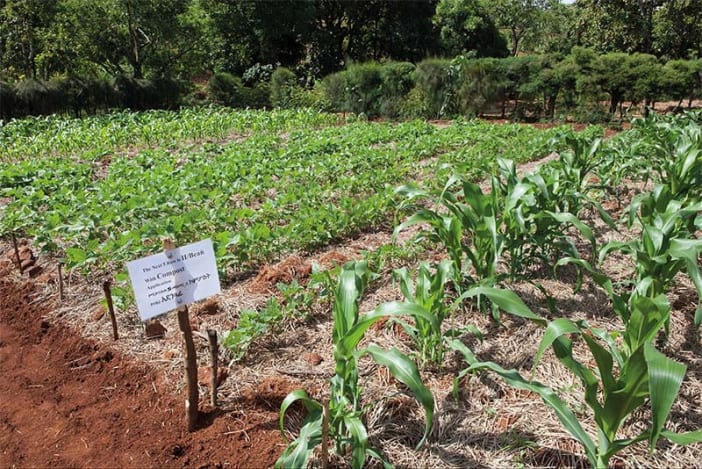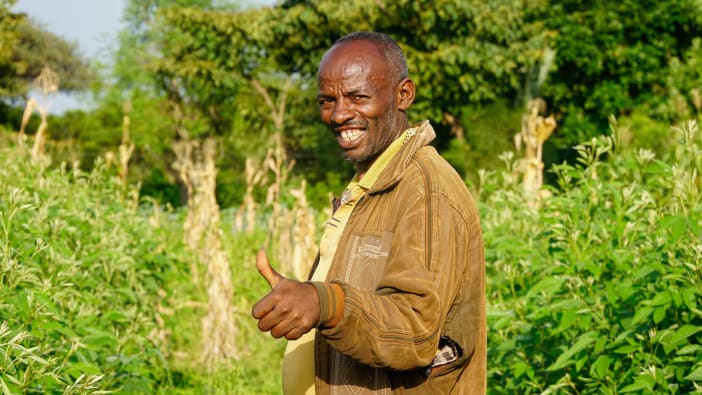Traditional cattle farms in Colombia, which occupy 80 per cent of agricultural land, often remove all the trees and bushes to grow grass.
Over time, the soil loses its fertility, less grass grows and the cattle have to walk further to find enough to eat. Every step damages the soil and makes the situation worse. As the pasture dries up, the cows produce less milk and calves grow more slowly. When it rains, the damaged soil is washed into the rivers.
Research conducted at the Colombian Centre for Research in Sustainable Systems of Agriculture (CIPAV) has found that when cows are able to graze high-protein fodder trees and bushes, there are many benefits for the animals, the farmers and the environment. The trees and bushes help catch rain so more water soaks into the soil. They also absorb more carbon dioxide than grass pasture and are resilient to periods of drought. Trees improve soil quality and provide valuable shade. Cooler cows eat throughout the day, moving around and depositing their valuable manure more evenly.
Cows farmed in this way produce more milk and calves grow faster, so are ready for slaughter sooner. The change in diet helps digestion so the cows produce less methane which is a major contributor to climate change. According to CIPAV, using this system cattle ranchers can produce the same amount of dairy, meat and timber products in half the land area, with no need for expensive irrigation, fertiliser or herbicides.









